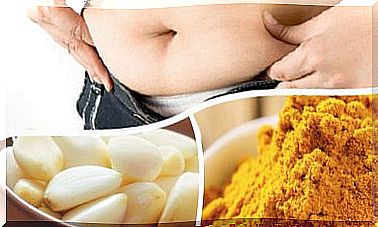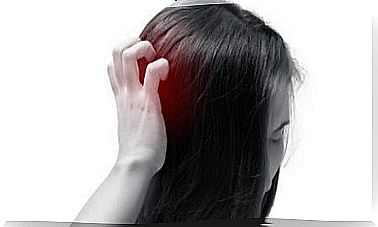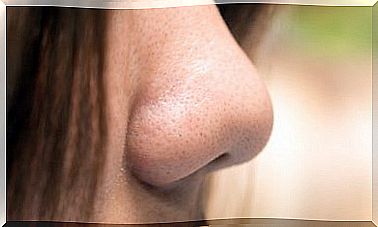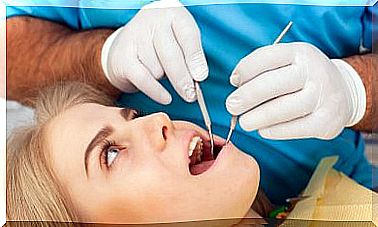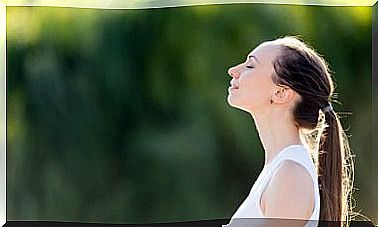Computed Tomography: Process, Uses And Risks
Computed tomography is a very useful test in the diagnosis of multiple diseases, as it shows accurate images of internal organs. Do you want to know its process, uses and risks? Keep reading!
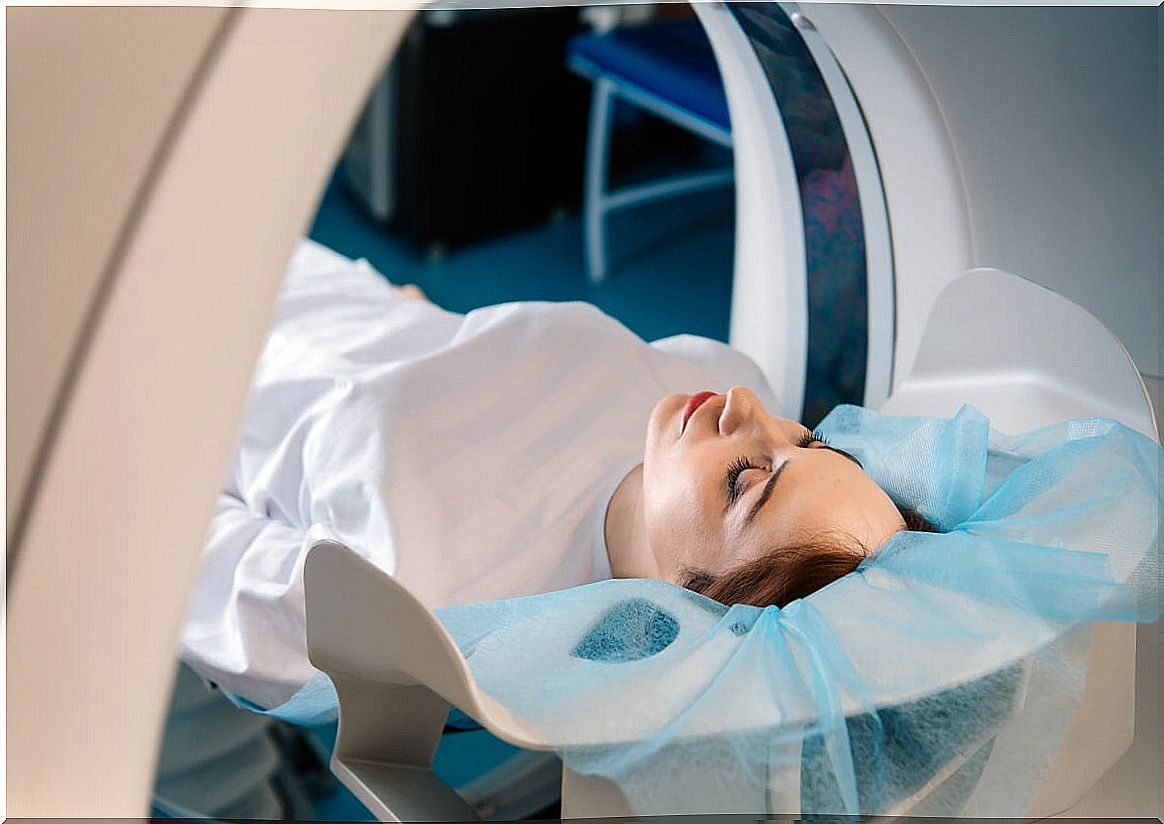
Imaging tests such as arteriography and x-rays are helpful in evaluating the internal structures of the body. Another widely used is computed tomography, which analyzes the body from different angles through X-rays, creating cross sections.
Computed tomography is a non-invasive scanning method that generates a two- or three-dimensional image of the internal structure of an object. This procedure is widely used in medicine to evaluate internal injuries, however, other areas such as industry and geology also use it.
Multiple investigations position tomography as one of the most prescribed study methods today. This procedure has advanced since its introduction in 1971, going from showing only images of the brain to being able to scan any anatomical area.
What is evaluated in the computed tomography?
The imaging test in question has a wide application in various areas of medicine, such as oncology, cardiology and trauma. It can be used in the diagnosis and follow-up of patients with different clinical pictures. In addition, it is useful in radiation therapy planning.
Computed tomography shows the state of both soft organs and bone tissue. In this sense, it is possible to evaluate the liver, kidneys or brain and the bones that surround them, thus allowing multiple alterations to be detected with precision.
This is the preferred study method in the evaluation of various cancers, as it confirms the presence and location of a tumor. It is also possible to study its characteristics, allowing to observe its size and its extension towards the nearby tissue.
On the other hand, tomography is also used in the study of spinal injuries and to evaluate bone density. Finally, we will say that it is even very useful in the exploration of the head, allowing the detection of brain bleeds.
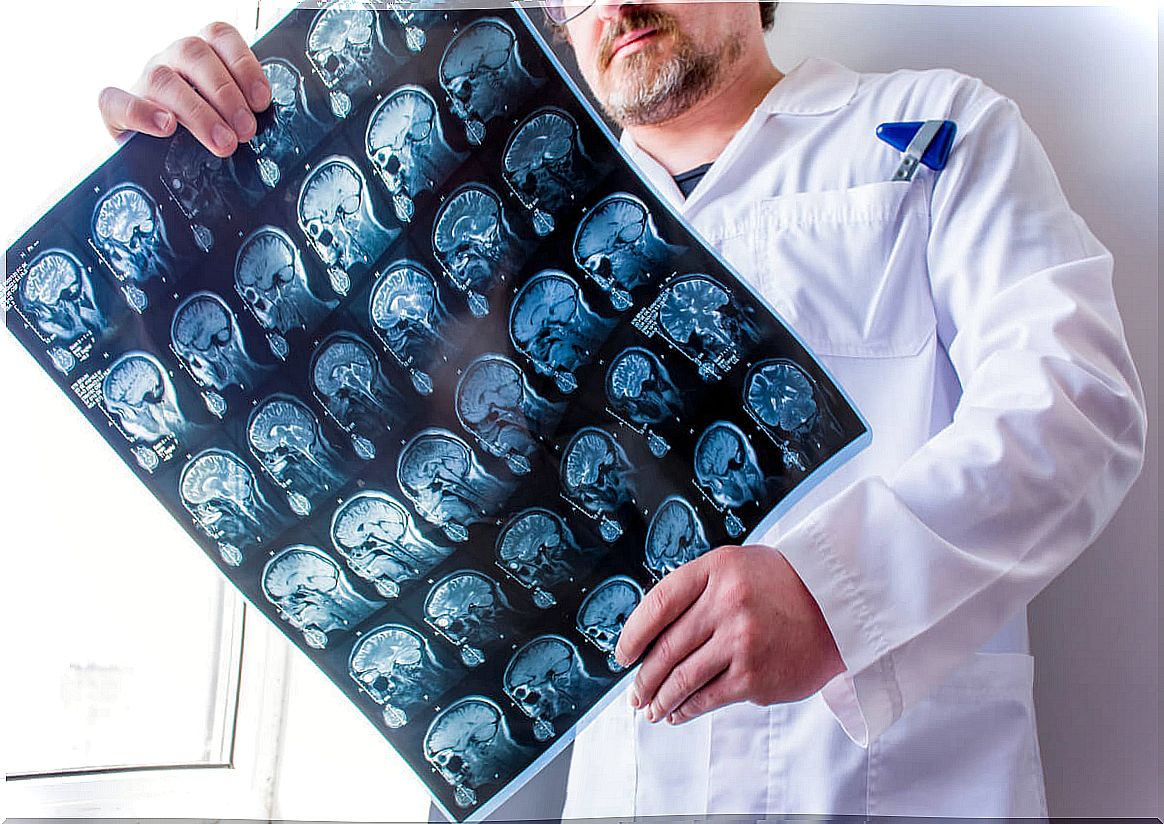
Previous preparation
A CT scan is a very fast and minimally invasive procedure, so you will not require a detailed previous preparation. However, it is important that you wear comfortable clothing, as you may need to ditch it and change into a medical gown.
Metallic objects can alter the image shown on the CT scan, generating unreliable results. In this sense, you must remove your glasses, earrings, rings, piercings, dental prostheses or any metal piece that you have before the examination.
In some people, it may be necessary to apply a contrast medium to better assess a certain area. If this is your case, it is recommended that you do not drink or eat anything in the hours prior to the evaluation. In addition, you must notify the doctor in case you have allergies.
Pregnant women and people with heart, kidney or thyroid pathologies should inform the specialist. All these situations increase the probability of suffering adverse effects during the evaluation and, in the specific case of pregnant women, it is even a contraindication.
What is a CT scan like?
The specialist will ask you to undress and provide you with a medical gown. In the case of not having one, you should wear loose clothing and without any type of metal closures. If a contrast medium is required, it must be administered orally, intravenously or through an enema.
A CT scanner is a large, donut-shaped machine with a bed and a central tunnel. The doctor will indicate lying in bed on your back, although in some cases it will be on your side or face down. The bed may have straps and pillows to maintain the correct position.
At the start of the CT scan, the bed will move quickly to determine the area to be scanned. It will then slowly pass through the scanner to make the prints. In some cases, it is necessary for the machine to make multiple passes.
During the exam, it is important to avoid movements, as they can generate printing errors called artifacts . Sometimes an indication will be given to hold your breath for a few seconds.
When the exam is finished, you will have to wait a bit for the doctor to confirm that the images are of quality. The results are ready in a short time and the evaluation usually lasts approximately 30 minutes.
Possible risks and complications
Among the short-term risks of performing a computed tomography, anxiety attacks stand out. This complication is very common in people who suffer from claustrophobia and in young children, in whom a previous mild sedative is usually administered.
On the other hand, this test also exposes patients to a type of radiation called ionizing radiation . Some studies link high doses of this type of energy to the development of cellular mutations. However, CT scans use very low levels.
Despite the radiation emitted, computed tomography is a very frequent and safe study, since the benefits of its performance far outweigh the risks. However, specialists should exhaust the options that emit less radiation before indicating it.
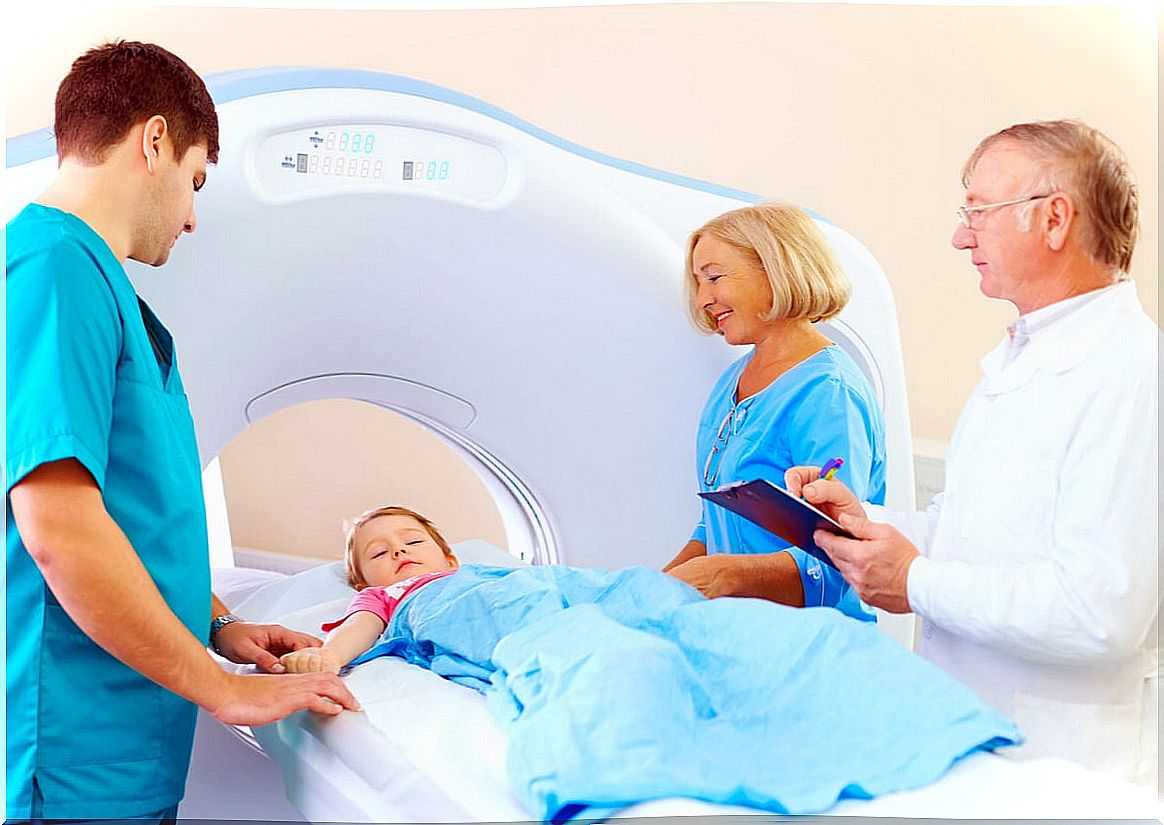
Understanding the results of a CT scan
Within a few minutes of completing the examination, the radiologist will review the corresponding results. The images are usually stored in a digital file, so they must be viewed on a computer screen.
The radiologist is the specialist in charge of supervising and interpreting the examinations, so he is able to detect any abnormality. Once the results have been analyzed, a report will be drawn up, which must be delivered to the treating physician.
A procedure with more benefits than risks
Computed tomography is an imaging test that uses simultaneous x-rays to look at soft organs and bone tissue. However, it subjects people to up to 100 times more radiation than traditional X-rays, which can create long-term risks.
The chances of damage are greater in children than in adults, since their cells have accelerated reproduction. In spite of everything, this test continues to be used in the detection of multiple diseases, since the benefits of its performance greatly outweigh the risks presented.
